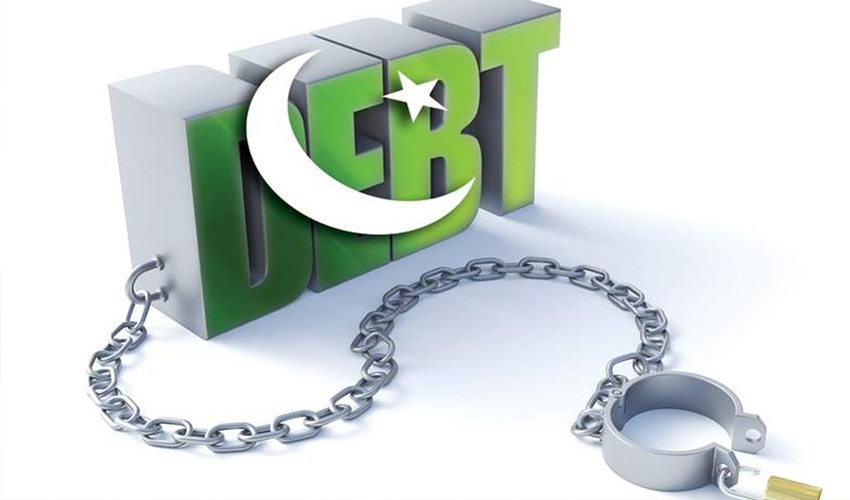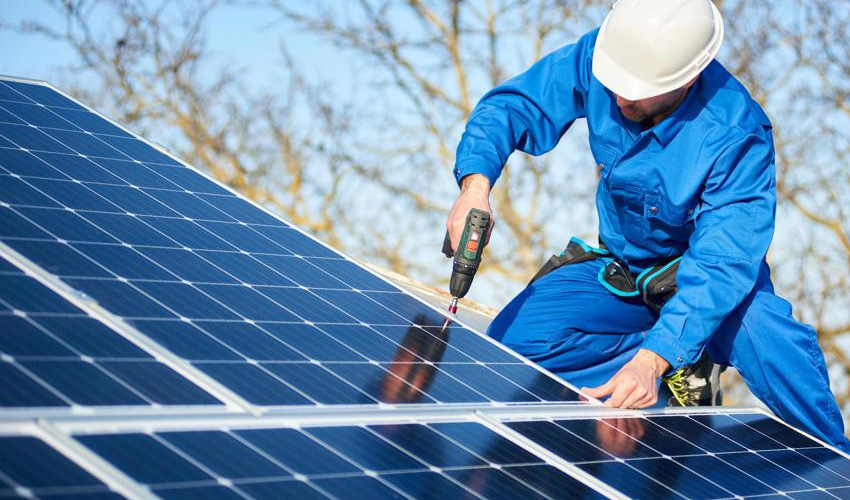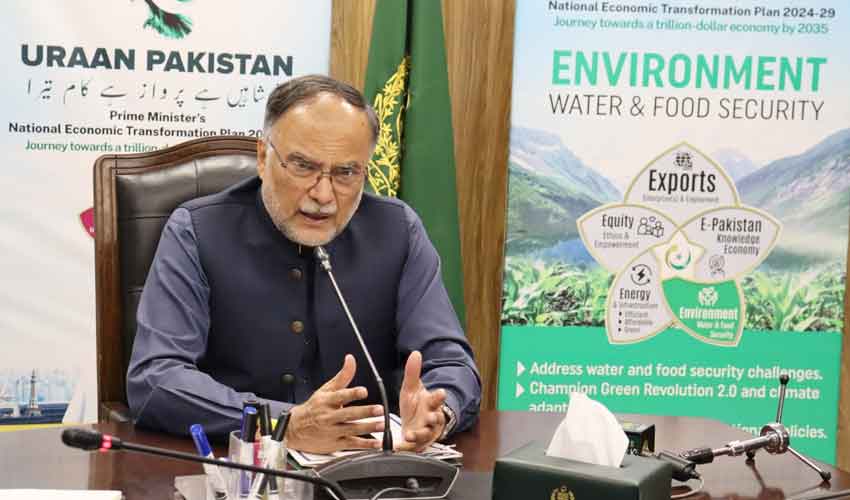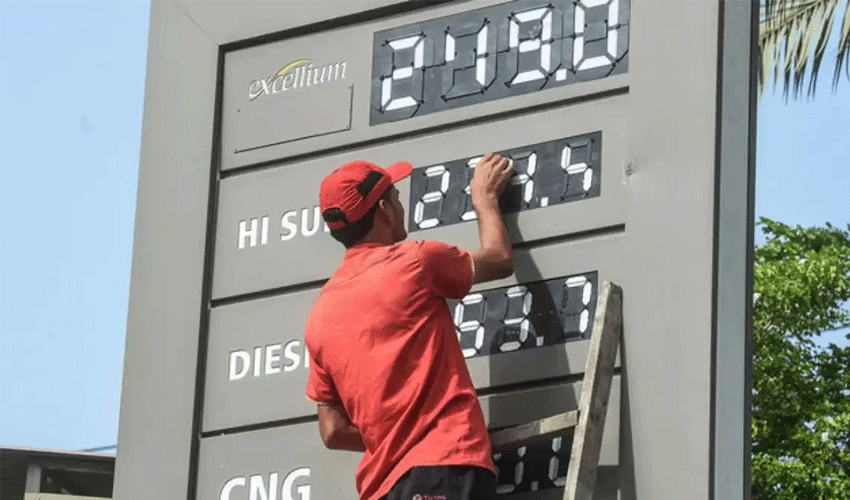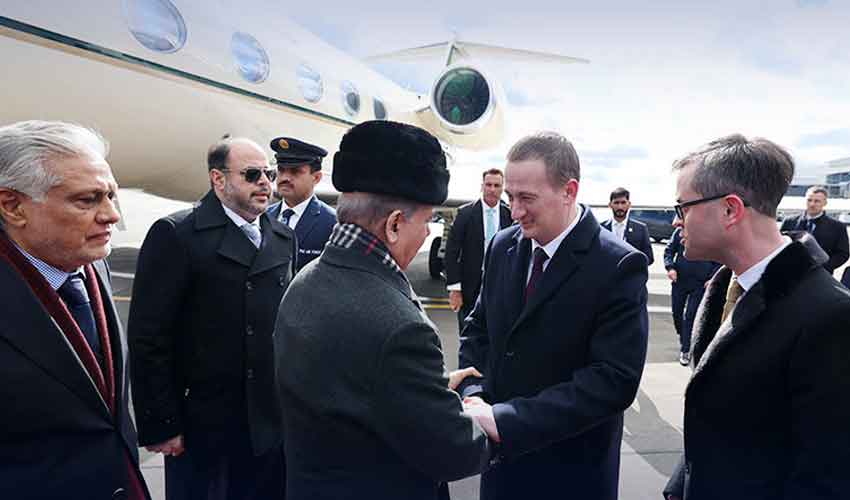Pakistan's external public debt has seen a notable surge, climbing by $1.2 billion in six months, reaching a total of $86.358 billion as of September 30, 2023, according to the latest report from the Ministry of Economic Affairs (MEA).
In its inaugural quarterly report on Foreign Economic Assistance (FEA) for the ongoing fiscal year, the Ministry revealed that Pakistan received a total of $3.5 billion in foreign inflows from July to September 2023.
This influx came alongside loan repayments amounting to $1.5 billion, resulting in a net inflow of $1.97 billion.
Multilateral and bilateral sources
The MEA emphasized that approximately 64% of Pakistan's total external public debt was acquired from multilateral and bilateral sources, featuring concessional terms and extended maturities.
Despite facing adverse market conditions triggered by poor credit ratings and unaffordable interest rates, Pakistan managed to secure new agreements amounting to $642 million in fresh commitments during the first quarter of the fiscal year. These commitments were primarily funded by multilateral development partners, as international bonds and commercial loans remained elusive.
Disbursements support economic reforms
During July to September 2023-24, disbursements totaling $3.538 billion predominantly flowed in the form of project and programme loans and grants from multilateral development partners, bilateral development partners, and financial institutions.
These funds played a crucial role in supporting economic reforms, executing development activities, and addressing the nation's balance of payments.
Debt servicing totals $2.404 billion
The report also highlighted Pakistan's commitment to debt servicing, with the government paying $2.404 billion during the first quarter of the current fiscal year. This included principal repayments amounting to $1.627 billion and interest payments totaling $777 million, resulting in a positive balance for the government's external public debt.
Breaking down the disbursements, the MEA outlined allocations for various sectors, with $101 million dedicated to flood mitigation efforts, $64 million for energy and power projects, and $52 million for the water sector. Additionally, funds were allocated for transport and communication, health and nutrition, agriculture, and physical planning and housing.
Despite the increase in external debt, the report emphasizes a positive outlook, with a significant portion of the debt secured on concessional terms with extended maturities. This strategy aims to mitigate the adverse effects of borrowing while supporting Pakistan's economic growth and development initiatives.





